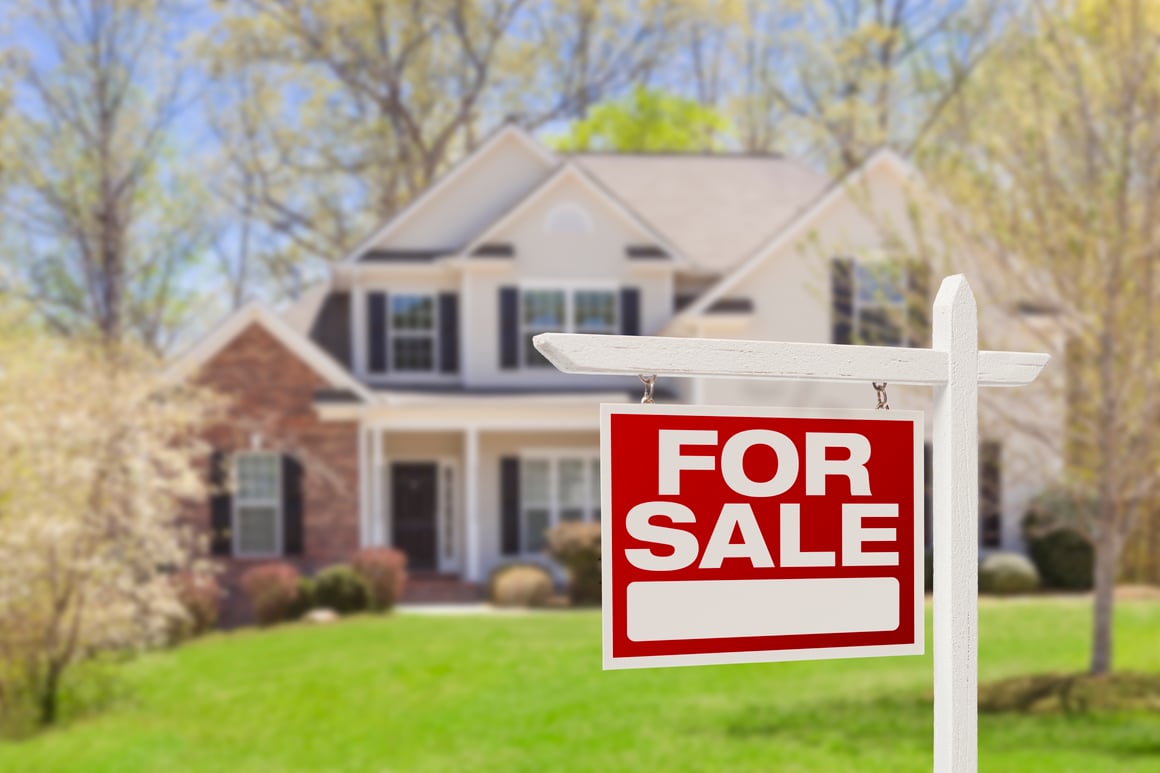
We all know that there is no such thing as a get-rich-quick scheme, but flipping houses may come close. Real estate is usually a solid investment, and if you find the right property in the right neighborhood, you may be able to make some strategic improvements and sell it for a profit in a relatively short time.
Like any investment, house flipping has risks. If a flipper miscalculates remodeling costs or chooses the wrong area to buy, they could lose money. Making money flipping houses requires doing research, picking the right property at the right price, and having the patience to allow property values to rise sufficiently to yield a profit.
An important consideration in house flipping is financing. In addition to choosing the right property, flippers also have to choose the right home loans and the right financing for home improvements to make more money when they sell.
If you are considering house flipping, here are some thoughts to ponder before you get started.
The Benefits of House Flipping
What makes house flipping an attractive investment is the predictability of property values. The difference between profiting from stocks and profiting from house flipping is that you have more control over the buying and selling of property. You can’t control stock values, but you can predict the potential profit from a house sale based on what you paid for it, the market conditions, where you choose to make improvements, and other factors.
You also have tax advantages. You can live in a house while you prepare to flip it, which gives you certain tax benefits from mortgage interest and property taxes.
Buying and selling real estate can be lucrative, but you must know where the risks lie and how to calculate those risks against potential profits.
What to Look for in a House to Flip
When looking for the right property to flip, there are specific things you need to look for. First, determine if you are buying in the right neighborhood. Look for an area that is attracting more homebuyers and where home prices are starting to rise. When looking for a fixer-upper in a growing area, also consider your time frame. Will you hold the property long enough for it to appreciate sufficiently for a reasonable return?
Consider how much you want to spend on a property and what you hope to make. When purchasing a house, you want to make sure you have enough cash left for improvements. You also want to plan on making improvements that will add value rather than paying for routine maintenance.
It’s best to start with a budget. The experts say you should spend no more than 70% of the after-repair value of the house minus the cost of repairs. For example, if the after-repair value of the home is $450,000 and it needs $50,000 in repairs, then plan to spend no more than $265,000 on the property. The formula is $450,000 x 0.70 = $315,000 - $50,000 = $265,000.
When calculating your budget, try to make an accurate assessment of planned upgrades and be sure to include a contingency fund. Home repairs tend to cost more than predicted. Also, be realistic about anticipated home prices. Too often, homeowners overestimate the true value of their property.
The good news is that you can get better deals on home loans when house flipping since you are making a short-term investment. If you get a 15-year mortgage or an interest-only home loan, you often can get better terms and lower interest rates. When choosing a home loan, consider when you plan to sell the property as part of your decision.
How to Find the Right House to Flip
When flipping houses, remember that the goal is to buy low and sell high. You aren’t buying your dream home—you are making an investment that will turn a profit.
Before buying a property, it pays to do your homework. Research the neighborhood, the schools, local amenities, and other factors. Consider what will make the property attractive to other buyers. Pick a property you know you can sell.
You also want to look for a property that needs some work. Strategic upgrades can add a lot of value to a home. For example, upgrading the kitchen or master bath, adding a new deck, or expanding the master suite will yield bigger returns. Making necessary repairs, such as a new roof, new foundation, fixing faulty wiring, and so forth, won’t yield much return on investment.
When considering where you should make changes, consider improvements that will have an impact on resale value. For example, if you add central air-conditioning or solar panels with an EV plug and battery backup, that could be a real deal sweetener when it comes time to sell. You might also consider investing in curb appeal with new paint, a new driveway, and new landscaping. Balance the expenses against anticipated returns.
Also, consider how you plan to get the work done. If you plan on doing the labor yourself, then it may mean you have to extend your time frame, which will affect your home loan strategy. If you are going to use contractors, consider getting estimates before you close. Don’t forget to consider any property restrictions and building permits. Finding an experienced real estate agent and a contractor you trust can help you.
How to Finance Your House Flip
In addition to taking out a home loan to purchase the property, you also must pay for renovations. There are various ways to pay for home upgrades:
Refinance your home.
If you are buying an investment property, you might consider refinancing your current home to help pay for renovations. If you have been living in your home for some time, you likely have equity you can tap for renovations. If you have enough equity in the home you’re flipping, you can try to refinance that home loan to generate cash for renovations.
Take a second mortgage.
You also might consider a second mortgage either on your current home or on your flip. You must have sufficient equity in the property to take out a second home loan and be sure to calculate the new loan into your flipping budget to see how it affects your profits.
Take out a HELOC.
If you aren’t sure about renovation costs or want to keep borrowing to a minimum, consider applying for a home equity line of credit (HELOC). A HELOC is a line of credit that you use as needed. The line of credit is based on the equity on your home, and you only pay interest on what you borrow, like a credit card.
Take out a personal loan.
If you have a good credit rating, you might consider a personal loan. A personal loan doesn’t require equity or collateral but is based on your credit. The interest rates for personal loans are slightly higher, but if you are planning to repay the loan quickly from the home sale, the extra interest paid is insignificant.
Borrow from family and friends.
You can always get others involved in your house flip. You can borrow money from family and friends for a percentage of the proceeds. If you are doing your own renovations, you also might consider offering shares for sweat equity.
How iQ Can Help
If you plan to try flipping houses, it pays to have financial experts on your side. Be prepared before you invest in a property to flip by speaking with a financial advisor. The professionals at iQ Credit Union can help you find the right loans for your house flip, and they can help you think of ways to include your real estate investments as part of your long-term financial strategy.
iQ Credit Union has the right home loan to meet your needs. iQ also has personal loans, HELOCs, and other types of loans to help finance renovations. If you are thinking about buying a property to flip, a good place to start is with our “Mortgage Paperwork Checklist.”

Comments